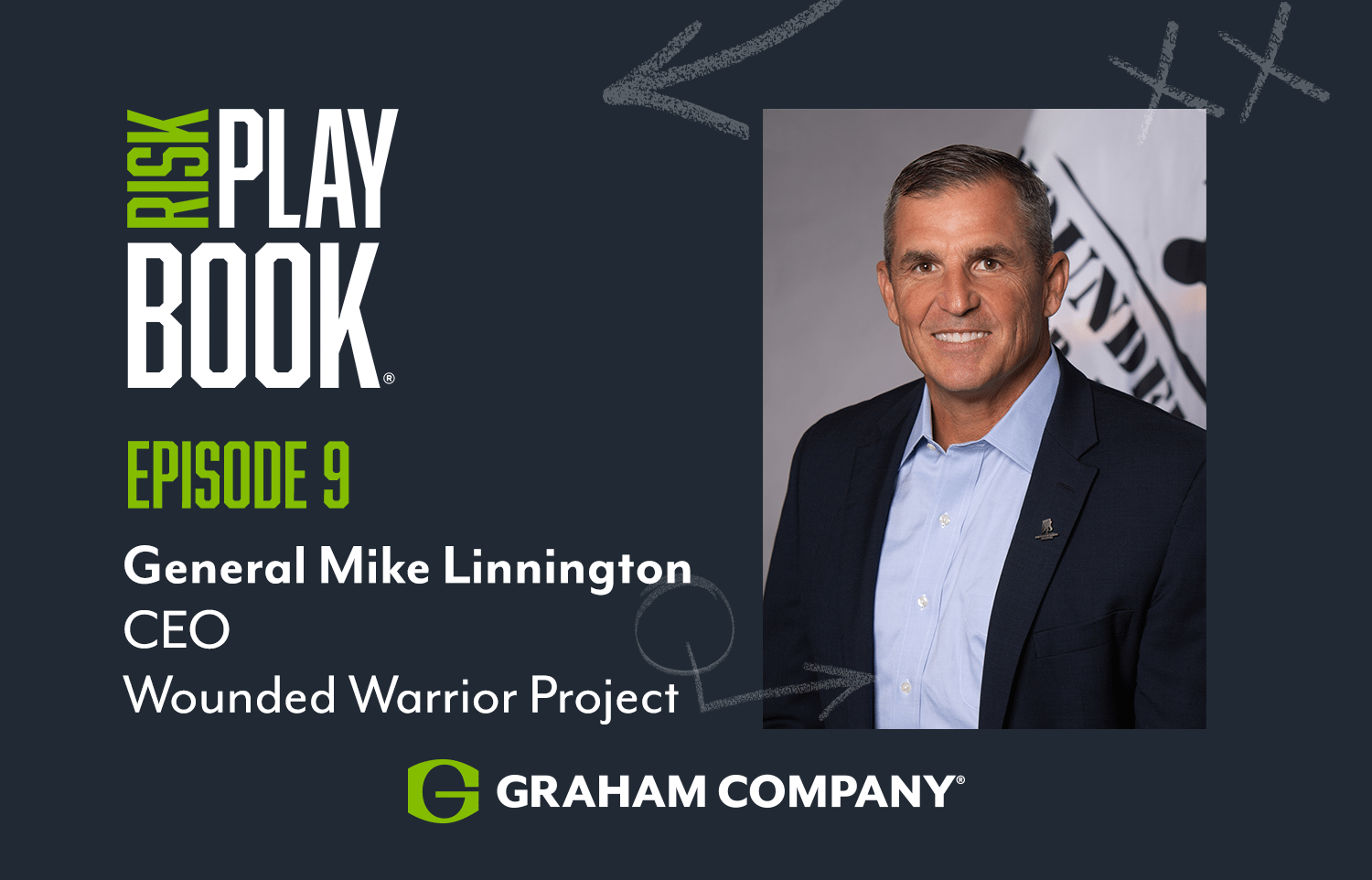It’s no secret. Thousands of nurses are injured on the job every year by lifting patients. As a matter of fact, more nurses are afflicted with back and arm injuries than any other occupations. Knowing that this is a real issue that’s not going to go away by itself, 10 states have already passed laws requiring hospitals to prevent nurse back injury by restricting nurses from lifting residents or patients. This is bound to increase over time. So, rather than waiting for your state to get on board, get ahead of the curve and create a no-lift culture at your facility today.
With people living longer than they ever have, the demand for healthcare services is on the rise and showing no signs of stopping. This surge in patients has created a lot of risk factors for caretakers. These risk factors are directly connected to lifting patients and they affect everyone involved.
If your nursing staff gets injured trying to lift someone, then it can have a negative impact on the quality of care you provide your patients or residents. It can also mean that you have to deal with costly worker’s compensation and abuse and neglect claims. How costly? A typical back injury worker’s compensation claim can cost a hospital $40,000.
Now is the time to get serious about safe-patient-handling programs. You have to do more than simply have extra people available. You have to embrace a no-lift culture, where you use mechanical devices to lift, move and reposition residents and patients. If you’re not ahead of the curve, eventually the government is going to tell you that’s what you have to do.
There are insurance implications too. Having fewer injury incidents means your insurance rates are likely to be lower. The best way to do that is by cultivating a safer work environment that benefits your employees, as well as those you serve.
Here are some ways to get started:
- Do an evaluation of your facility to determine how many people need to be manipulated using lifting equipment
- Calculate the ratio of employees compared to those who need to be lifted, as this will help you figure out how many pieces of equipment are needed
- Make sure all employees are instructed that using the lifting equipment is a requirement, not a recommendation, and train them on how to use it properly
Creating a no-lift culture at a healthcare facility doesn’t happen overnight but the benefits make it worth the effort. You’ll have healthier employees, patients and residents will receive the care they need and your insurance rates will be lower as a result of fewer claims being filed. If you need assistance getting started, reach out to your broker. He or she will help ensure that creating a safer work culture is a smooth and easy process.

Philadelphia, PA, 19102







